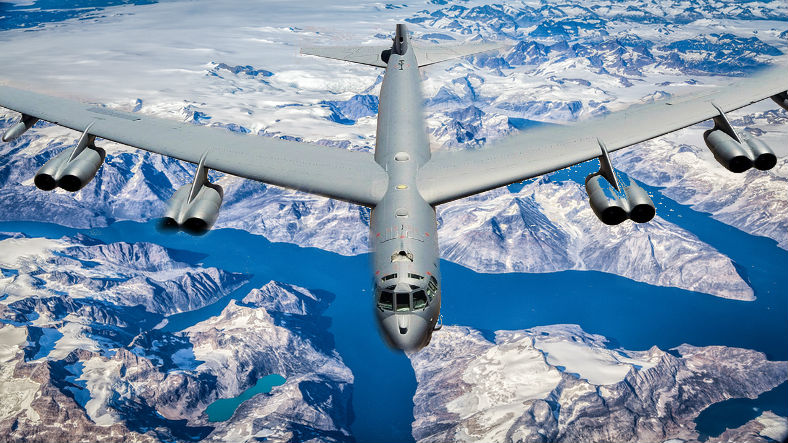The most obvious reasons to stop the proliferation of nuclear weapons, aside from full-blown nuclear war and terrorism, are nuclear accidents. We all know about the civilian accidents at Chernobyl, Fukushima, and Three Mile Island, but there have been numerous accidents involving nuclear weapons or their transports themselves.
If the world’s two most advanced nuclear powers have had accidents – what does that say about those with less advanced capabilities?
At least twice, in 1983 and 1995, Russian/Soviet rocket forces misidentified U.S./Allied research rocket launches as nuclear missiles inbound as part of a U.S. first nuclear strike. In both cases, clearer heads prevailed, and obviously (as we are all still here), no counter-strike was launched.
In 1961, the nuclear reactors aboard Soviet nuclear submarine K-19 malfunctioned and lost cooling power. The heroic actions of its crew prevented a much greater disaster. At least 22 Soviet sailors lost their lives.
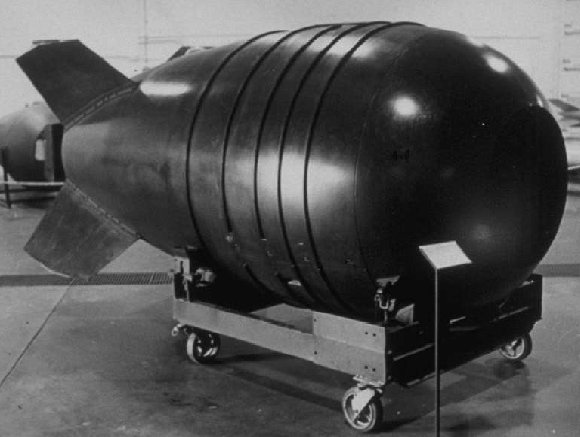
The United States has had its share of nuclear accidents as well, some of which could have had much more immediate and dire consequences had some factors been just a little bit different. In 1958, a U.S. B-47 bomber accidentally released a nuclear bomb over Mars Bluff, South Carolina. The bombs’ conventional explosives went off, but the nuclear trigger had not been armed. However, houses were damaged and people injured.
In 1961, a U.S. B-52 Stratofortress bomber crashed near Goldsboro, North Carolina, with two 3-4 megaton nuclear bombs aboard. Both bombs were recovered, and three crew members died – two when the plane crashed and another during ejection. In 2013, documents relating to the accident were declassified – it was revealed that only a malfunction of an electrical switch prevented the bomb from exploding in a mushroom cloud.
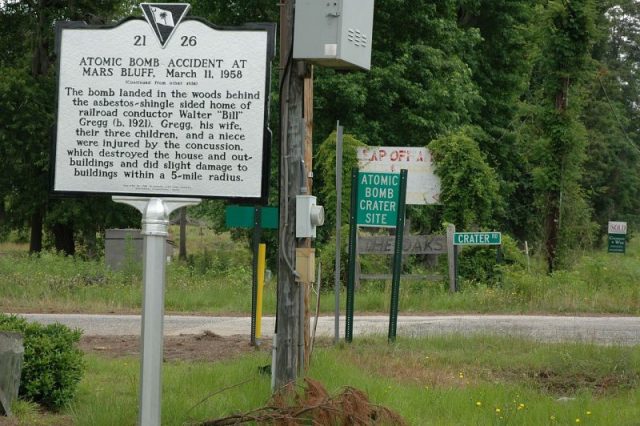
In 1966, a B-52 stationed in Spain collided with a KC-135 super-tanker during a mid-air refueling. All members of the tanker were killed and three of the seven-man B-52 crew were killed as well. Four nuclear bombs fell to earth – luckily, none of them had been rigged/armed for nuclear explosion.
Three fell to earth near Palomares, Spain. One was relatively intact, but the non-nuclear explosives on the other two detonated – essentially a “dirty bomb,” one in which no nuclear explosion takes place but radioactive material was strewn in the area.
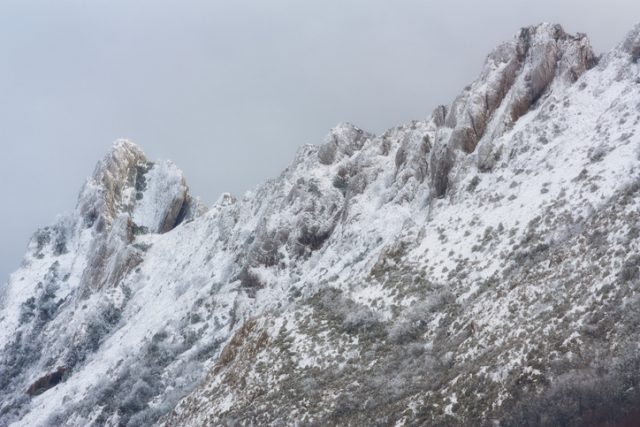
A fourth bomb was found on the ocean floor nearby, after a two and a half month search ( this “rescue effort” was depicted in the 2000 film Men of Honor). Intensive clean-up efforts ensued, but it is believed that a number of U.S. Air Force personnel and Spanish citizens were exposed to levels of radiation which caused cancer.
In 1968, another nuclear weapons accident took place, this time in Greenland. Even today, it is believed that material from a U.S. nuclear bomb is lying in the Greenland ice-cap or sea floor. The governments of the United States and Denmark (Greenland is an autonomous territory of that European country) occasionally monitor radiation levels in the area. We are told they are safe.
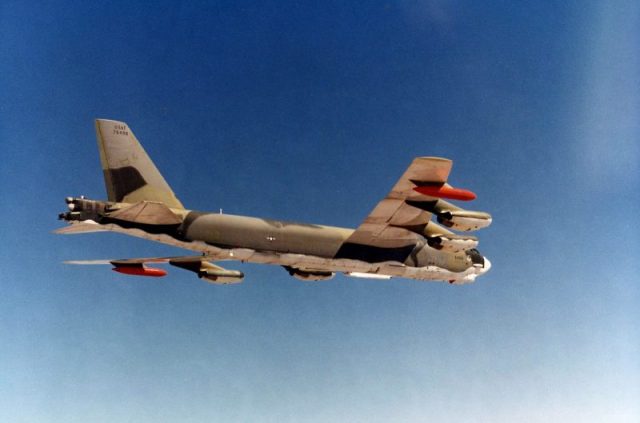
The accident occurred at the height of the Cold War between the U.S.A. and the U.S.S.R. For years, the U.S. had maintained B-52 nuclear bombers in the air twenty-four hours a day in case of a nuclear strike by the Soviet Union.
6 Mysterious Islands From Around The World
The plane in the Palomares crash had been one of these planes. The United States military, reacting to Defense Secretary Robert McNamara’s suggestion that the program was both out-dated with the advent of ICBM’s (Inter Continental Ballistic Missiles), and controversial (after the Spanish accident and others), agreed to limit the flights to four a day.
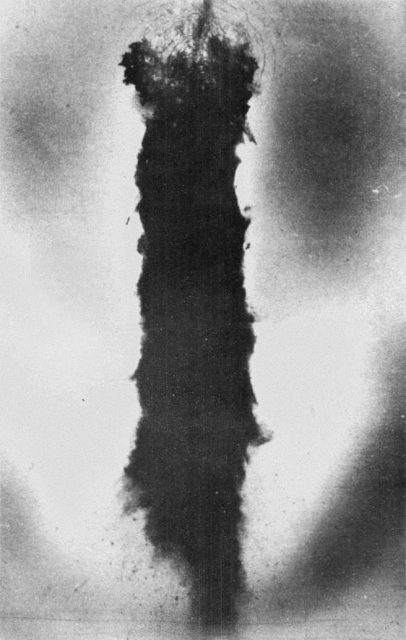
Flights above the Thule Air Force Base in Greenland were to be stopped, as the Danish government, fearing an accident like that in Spain, asked the U.S. to cease the flights. Unbeknownst to all except the upper brass in the Air Force and the men at Thule, the flight over Greenland continued – the Air Force Strategic Air Command (SAC) decided that the flights were “need to know,” and civilians in the government didn’t “need to know.”
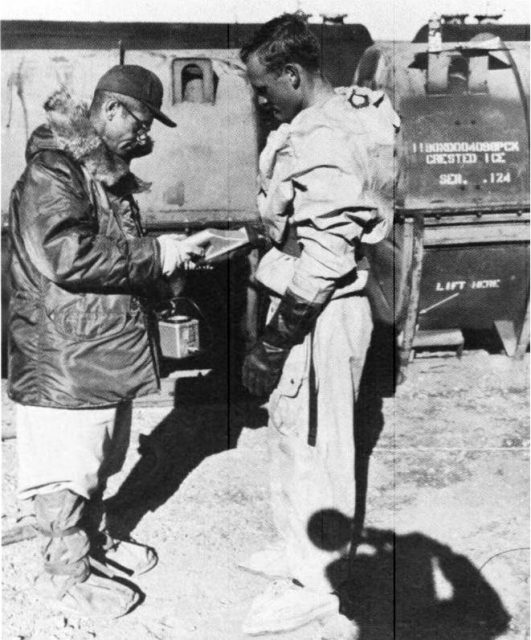
The accident took place on January 21, 1968 during the height of winter. The crash of the B-52 took place because one of the crew members had shoved a stack of rubber seat cushions under one of the seats – and right in front of a heating vent. Problems existed in the heating system already, and the placement of the seat cushions made the situation worse. About six hours into the patrol the crew noticed a burning smell – exactly that of rubber burning.
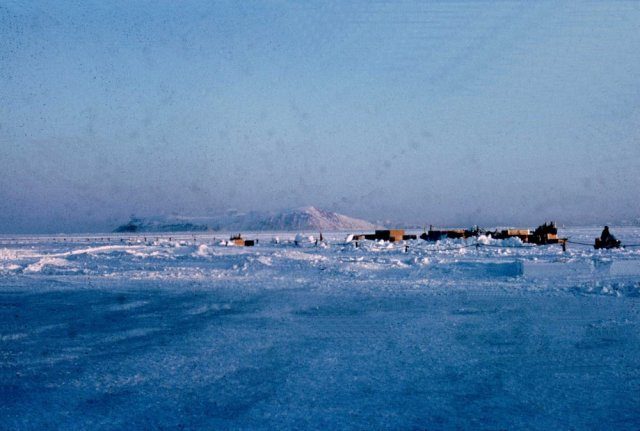
Within a short period of time there was so much smoke in the plane that the flight crew could barely see the controls, and the order to bail out was given as soon as the plane was once again over land. All of the crew ejected, except one member, who attempted to bail out through a hatch in the plane. He was killed as a result of head injuries suffered during the attempt. All of the others bailed out safely, but a number of them had to wait hours in the sub-zero temperatures before they were rescued.
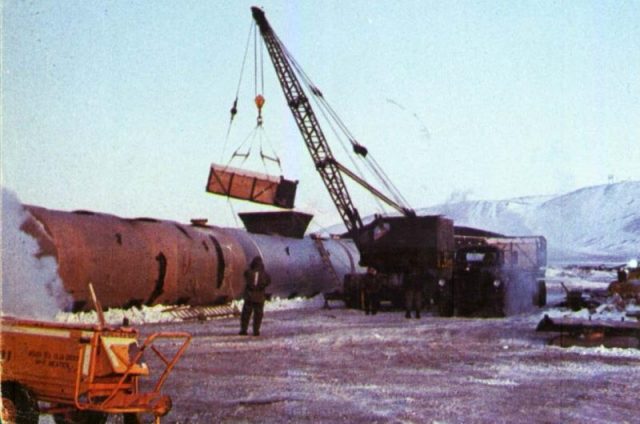
The plane came down in large pieces on the ice about eight miles from the Thule base. It’s nuclear bombs’ conventional explosives had once again exploded, but luckily the triggering/safety devices allowing or preventing a nuclear explosion did their job. However, as in Spain, radioactive material was scattered over a wide area, and fears of radiation poisoning spread not only through the base but in the halls of the U.S. and Danish governments.
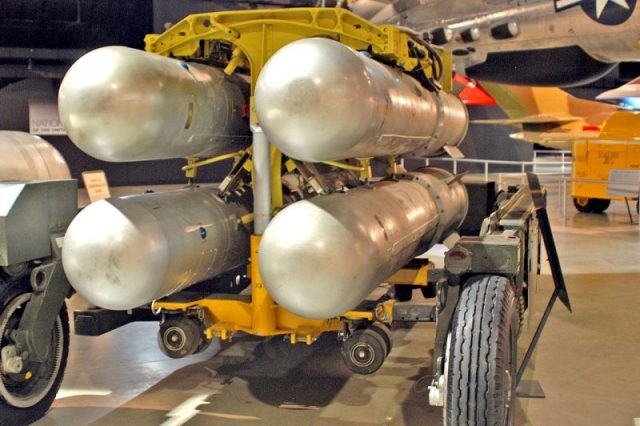
Almost immediately, the Air Force began the cleanup of the radiation, dubbed “Operation Crested Ice.” However, in their haste, they neglected to take all of the precautions needed to protect the crews from radiation poisoning.
While no one died immediately after the crash and relatively successful clean up, both Danish and U.S. Air Force personnel have claimed to have gotten sick as a result of their clean-up activities. Studies done by the U.S. government refuted these claims, and this became a sore point between Denmark and the United States.
The former Danish workers said that such was the haste in the cleanup operation that formal data was not taken at the time – hence a lack of evidence. They took their claims to the Danish government.
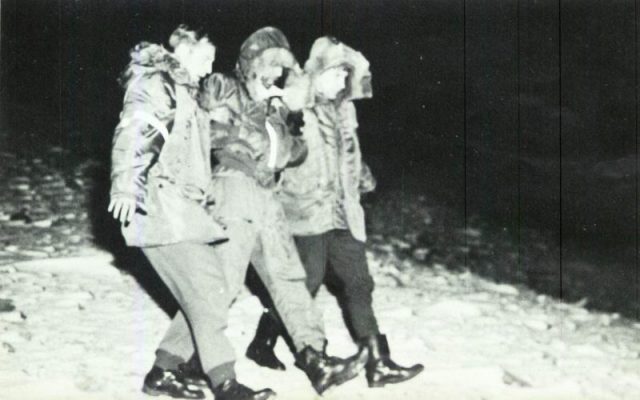
However, the Danish government itself refused to recognize the Danish workers claims, even though a 1986 Danish study showed that cancer among the former workers were forty percent higher than normal. The Danish government stated that the crash was the fault of the United States, which had told Denmark the flights had ceased.
Declassified documents obtained through the Freedom of Information Act show that the U.S. government believes that only enough material was collected from the site to equal three not four bombs, and that the remains of the fourth remain on the sea floor, where most believe the radioactive plutonium and contaminated particles have been buried.
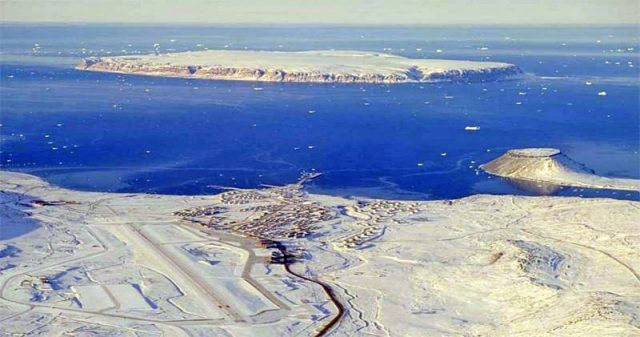
A number of attempts to find the bomb have been launched, and photos were taken not too long after the accident which showed what could have been the remains of the bomb trapped in submerged ice, but nothing has ever been found. Periodically, the U.S. Navy and world scientific organizations takes measurements of radiation in the area, but no abnormal measurements have been recorded.
As for the fear that someone (a rogue nation or terrorists) could find or could have found the bomb? A leading nuclear scientist at Los Alamos stated “…… it would be very difficult for anyone else to recover classified pieces if we couldn’t find them.”
Matthew Gaskill holds an MA in European History and writes on a variety of topics from the Medieval World to WWII to genealogy and more. A former educator, he values curiosity and diligent research. He is the author of many best-selling Kindle works on Amazon.
